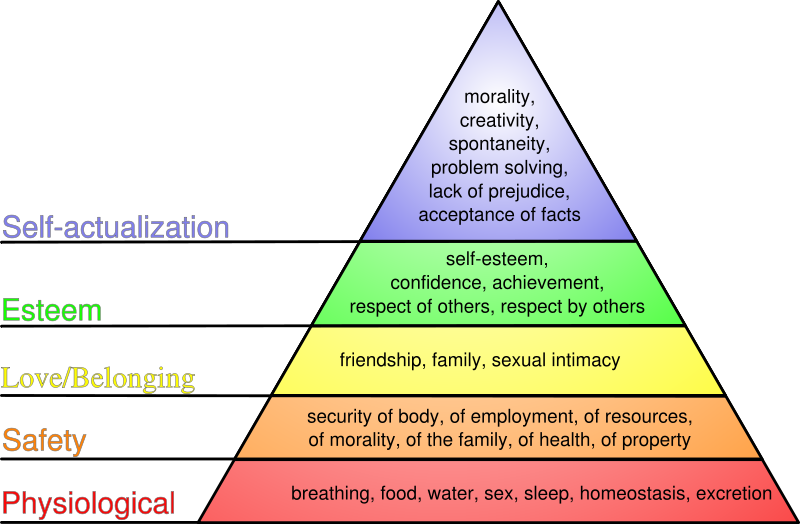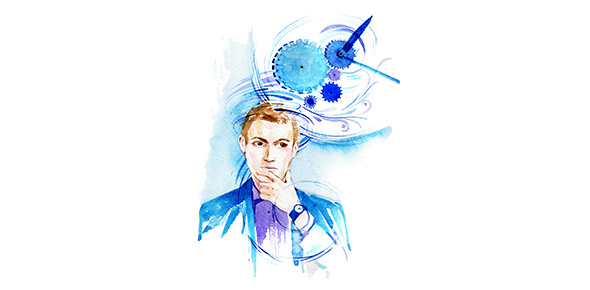Related Flashcards
Related Topics
Cards In This Set
| Front | Back |
|
What is motivation?
|
Need or desire to that energizes and directs behavior
a hypothetical concept- can only be inferred from behavior |
|
Instinct Theory
|
Human behavior can be described in terms of instincts (a complex UNLEARNED behavior that is rigidly patterned throughout a species).
|
|
An evolutionary perspective
|
Genes may incline a species- typical behavior
|
|
Problems with the Instinct Theory?
|
-requires a broad definition of instinct- does not explain why behaviors occur
|
|
Drive Reduction Theory
|
- a physiological need creates a arousal tension state (drive) that motivates an organism to satisfy the need to maintain HOMEOSTASIS- needs are also influences by incentive- is better at explaining some behaviors than others
|
|
incentive
|
+ or - environmental stimuli that motivate behavior
|
|
Arousal Theory
|
We prefer to obtain an optimum level of arousal
- explains why we sometimes so crazy things- explains curiosity... |
|
Maslow's Hierarchy of Needs
|
 States basic physiological needs and safety needs must be met before "psychological" needs. |
|
Hunger (SHORT TERM MECHANISMS) is signaled by....
|
- stomach contractions- diminished glucose & insulin in the blood
(satiety is signaled by the opposite) |
|
LONG TERM MECHANISMS is when ....
it is regulated by..... |
The body tries to maintain a SET POINT (like body weight) over time
... and is regulated by the amount of leptin (a hormone secreted by fat cells) in the blood. |
|
What are the physiological
signals of hunger? What brain
structure is involved in the regulation of hunger? What happens when this
structure is damaged?
|
1. stomach contractions, diminished glucose & insulin in the blood (satiety is signaled by the opposite
2. the HYPOTHALAMUS! 3. can cause weight loss or weight gain |
|
What are the external
signals that can influence our eating patterns?
|
1. presence or absence of food2. environment and culture3. social normals for body weight
|
|
What are the
characteristics of anorexia and bulimia, and who
is most likely to suffer from these diseases? What social and cultural factors are thought to be involved?
|
Anorexia Nervosa- severe fasting, usually 15% or more underweightBulimia Nervosa- binging and purging, large weight fluxuations
- most common in caucasion women - media |
|
How
is the current obesity epidemic explained in evolutionary terms?
|
- we have biological mechanism that control hunger and satiety that have evolved to maximize our survival in certain environments. Today we have all types of food types available to us, at much less energy required to obtain them.
|
|
What other factors are thought to contribute to obesity?
|
GENETICSsome people just have lower (more efficient) metabolic rates (high tendency to store fat) and also a low energy expenditure. BIG PORTION and HIGH CALORIE foods
|






